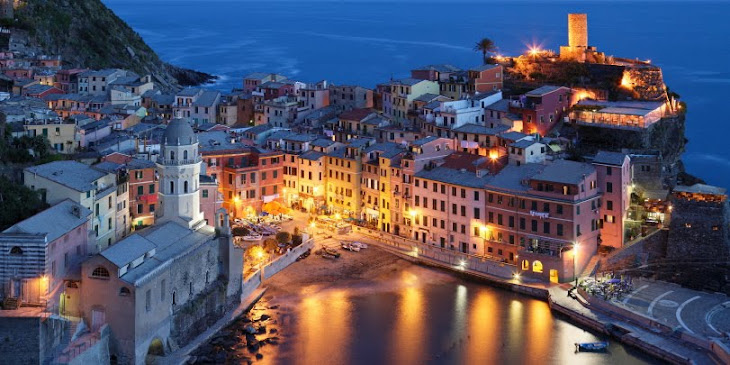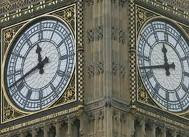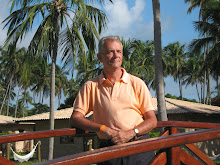Increased comfort in the sky
By Sean O'Neill

LAN Airlines is outfitting its soon-to-be-released 787s with a high, dome-shaped roof along the centre aisle of its aircraft. (LAN Airlines)
Whoever said that travel is about the journey and not the destination hasn't sat in a cramped aeroplane seat lately.
As anyone who has flown in the last few years knows, air travel lost its glamour when airlines began to penny-pinch by cutting frills. But in recent months a number of international airlines have started taking baby steps in the other direction, using improvements in aircraft construction to install plusher seats and cosier interiors in some of their newer planes.
Worldwide, airlines have been slowly but steadily putting into operation two next-generation aircraft -- Boeing's 787 Dreamliner and the Airbus A350 -- both of which have shells made heavily of composite materials, such as carbon-fibre reinforced plastic, instead of aluminium. The composite materials are much lighter than traditional metal (though equally as sturdy), enabling planes to be a little larger and thus more spacious while still consuming the same amount of fuel. Engineering innovations have also given designers more options when crafting the interiors, thanks to greater structural flexibility in the placement of walls and barriers inside the cabins.
In Boeing’s 787, improved ventilation systems have raised humidity levels about 10% compared to the aircraft of yesterday, freeing passengers from dry eyes and mouths. The air pressure is also now closer to what is normal in Denver, Colorado -- the mile-high city at 5,280ft -- than the traditionally higher, and more mountaintop-like standard of 8,000ft above sea level, sparing fliers from the mild altitude sickness that can be experienced when flying a long distance. The Airbus A350 will offer similar improvements in humidity and air pressure.
Both models of aircraft have other benefits, too. They were built to be quieter, and seats can theoretically be a little wider and provide more legroom due to the extra space. Of course, just because it’s possible doesn’t mean it’s free. Airlines will likely charge extra for any seats with those added features.
Putting innovative theories into practice
In October 2011, All Nippon Airways (ANA) became the first airline to put a Boeing 787 into service, and its fleet features the largest windows of any commercial jet currently in the sky. In another improvement, its LED lights cast a softer range of coloured cabin lights than traditional fluorescent bulbs do. ANA's 787s also don't have shades on their windows – they’re tinted electronically to block the varying levels of sunlight. By March 2013, ANA will have 20 Dreamliners in service on domestic and international flights, making it the largest fleet of 787s in the sky.

LAN Airlines is outfitting its soon-to-be-released 787s with a high, dome-shaped roof along the centre aisle of its aircraft, which helps alleviate the cramped feeling of older planes. Overhead bins are also 30% more spacious than those on the airline's older planes, allowing more room for bags.
Each 787 economy class seat has a power socket, a USB port and a headphone jack that doesn’t require the purchase of a special headset. Seats come with two cup holders, with one accessible even when the tray table is up. Passengers also receive pillows and blankets printed in bright, solid colours – little details, yes, but they add up to greater overall comfort.
Airbus expects to deliver its first A350s to ANA, Japan Airlines and Ethiopian Airlines by the end of 2012.
Bolder designs in business class
You don’t need a next-generation aeroplane to redefine your aircraft interior, of course, and a few airlines are updating their existing business class cabins with touches reminiscent of a boutique hotel.
In May, Virgin Atlantic updated its business class section, called Upper Class Suite, for its new Airbus A330-200s, an aircraft with about 20% composite material. The top section of the double-decker aircraft has a bar, described as the longest bar in the sky, embedded with 1,000 Swarovski crystals. It’s located in a separate area from the passenger seats to allow about 15 people to sit on stools or stand while mingling.
Seats in the Upper Class Suite can be extended fully flat into beds, with the longest transatlantic business class seat in the sky – at 87 inches long. Plus, partitions between the seats are curved semi-translucent plastic, which gets rid of the “coffin class” feel that some airlines have and allows for more elbow room than is customary for international business class sections.
In March, Hong Kong Airlines drew back the curtains on its new Airbus A330-200s, which fly an all-business class service between London and Hong Kong. In the 82-seat aircraft, seatbacks recline 155 to 180 degrees, depending on the price point.
Flights also have not one but two bars serving Champagne, canapés and mixed drinks; cabins come with mood lighting, with the colours changing in a way that helps reduce jetlag; and free wi-fi and power ports are standard amenities at each seat.
Looking ahead to 2050
Future decades may bring even more enhancements to the flight experience.
Last week in London, Airbus unveiled some of its latest concepts, including “a new approach to touching down”, where technology would optimise landing positions with pinpoint accuracy and allow planes to glide onto runways with their engines running in idle, leading to less noise and less circling.
Previous ideas for Airbus concept planes dealt directly with passenger comfort. Separate classes of first, business and economy could be replaced by seats that would be individually customised based on its price, with some passengers preferring seats with high-tech game consoles and others looking for multi-seat areas to conduct business meetings. The walls of the planes could be engineered to allow panoramic, see-through views.
Perhaps most fanciful of all is Airbus’s dream of the perfect aeroplane seat, which would “adapt for the perfect fit, offering massage, drinks or vitamins as required; a gentle sea breeze or the soft aroma of a pine forest wash over you; sound showers will ease you into the perfect sleep, snug in the warm embrace of holographic shades, while the heat given out from your body is unobtrusively collected to power the cabin facilities”.
With luck, experimental improvements in the in-flight experience might -- someday -- become industry standards, taking passenger contentment to a higher plane.
Sean O’Neill is the travel tech columnist for BBC Travel.











































